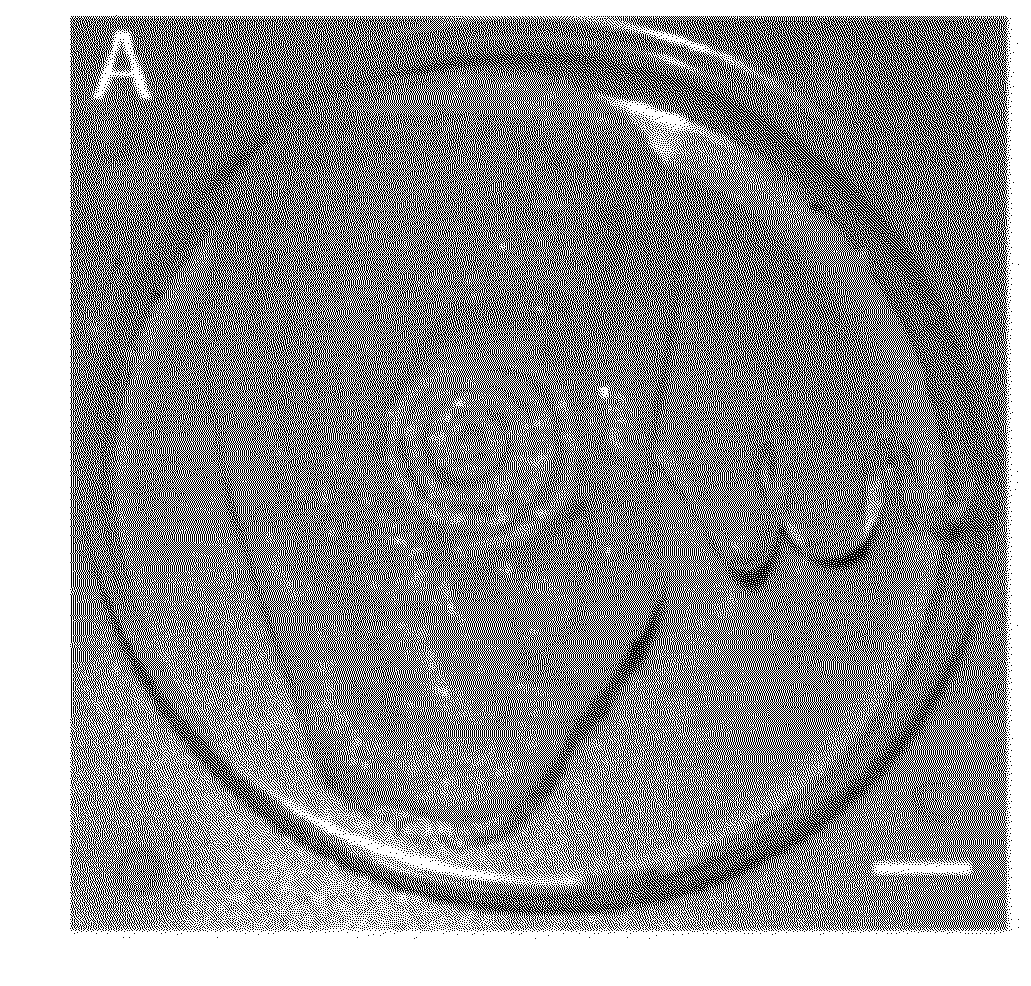Multi-functional hybrid devices/structures using 3D printing
a hybrid device and 3d printing technology, applied in the field of 3d printing, can solve the problems of unable to easily create organ or tissue parts with the required spatial heterogeneity and accurate anatomical geometries, and remains one of the most difficult problems
- Summary
- Abstract
- Description
- Claims
- Application Information
AI Technical Summary
Benefits of technology
Problems solved by technology
Method used
Image
Examples
Embodiment Construction
[0050]Disclosed herein are conceptually new approaches that address the aforementioned challenges by fully interweaving functional electronic components with biological tissue via 3D printing of nanoelectronic materials and viable cell-seeded hydrogels in the precise anatomic geometries of human organs. Since electronic circuitry is at the core of sensory and information processing devices, in vitro culturing of the printed hybrid architecture enables the growth of “cyborg organs” exhibiting enhanced functionalities over human biology. The disclosed approaches offer the ability to define and create spatially heterogeneous constructs by extruding a wide range of materials in a layer-by-layer process until the final stereolithographic geometry is complete. The concept of 3D printing living cells together with electronic components and growing them into functional organs represents a new direction in merging electronics with biological systems. Indeed, such cyborg organs are distinct f...
PUM
| Property | Measurement | Unit |
|---|---|---|
| Shape | aaaaa | aaaaa |
| Electrical conductor | aaaaa | aaaaa |
| Heat | aaaaa | aaaaa |
Abstract
Description
Claims
Application Information
 Login to View More
Login to View More - R&D
- Intellectual Property
- Life Sciences
- Materials
- Tech Scout
- Unparalleled Data Quality
- Higher Quality Content
- 60% Fewer Hallucinations
Browse by: Latest US Patents, China's latest patents, Technical Efficacy Thesaurus, Application Domain, Technology Topic, Popular Technical Reports.
© 2025 PatSnap. All rights reserved.Legal|Privacy policy|Modern Slavery Act Transparency Statement|Sitemap|About US| Contact US: help@patsnap.com



